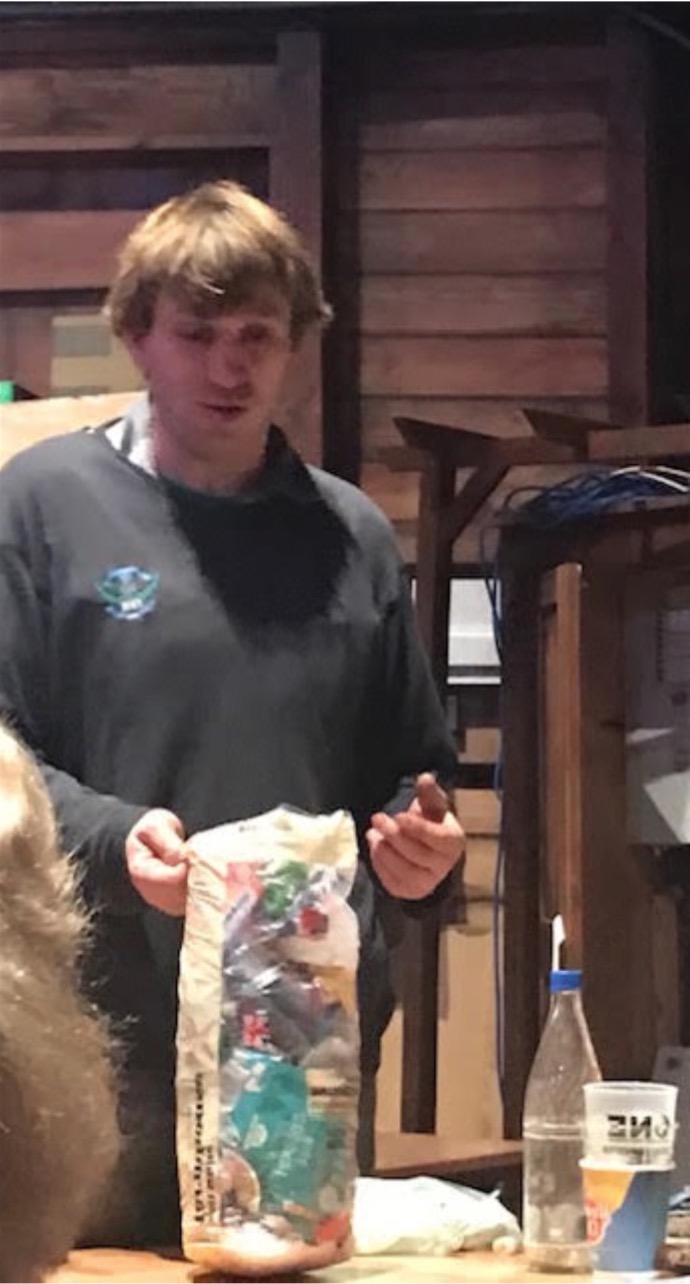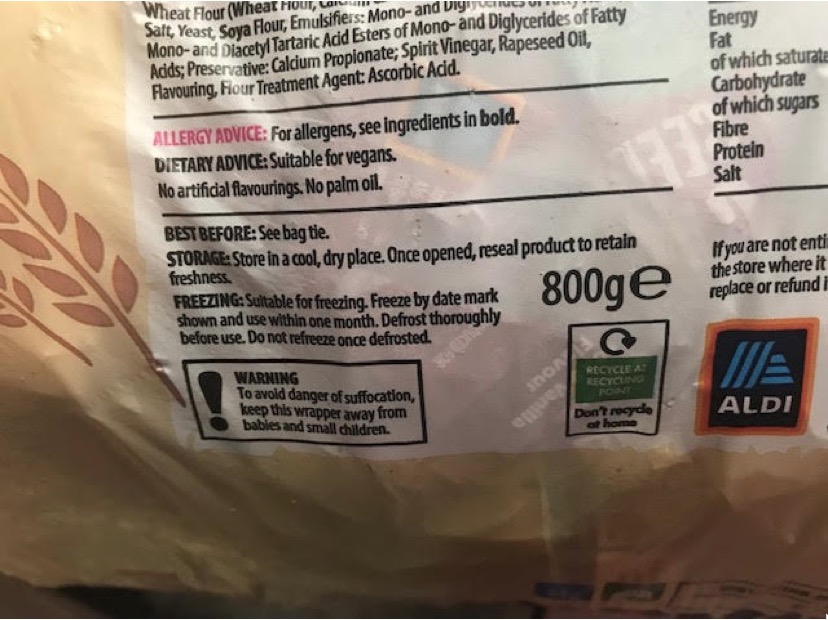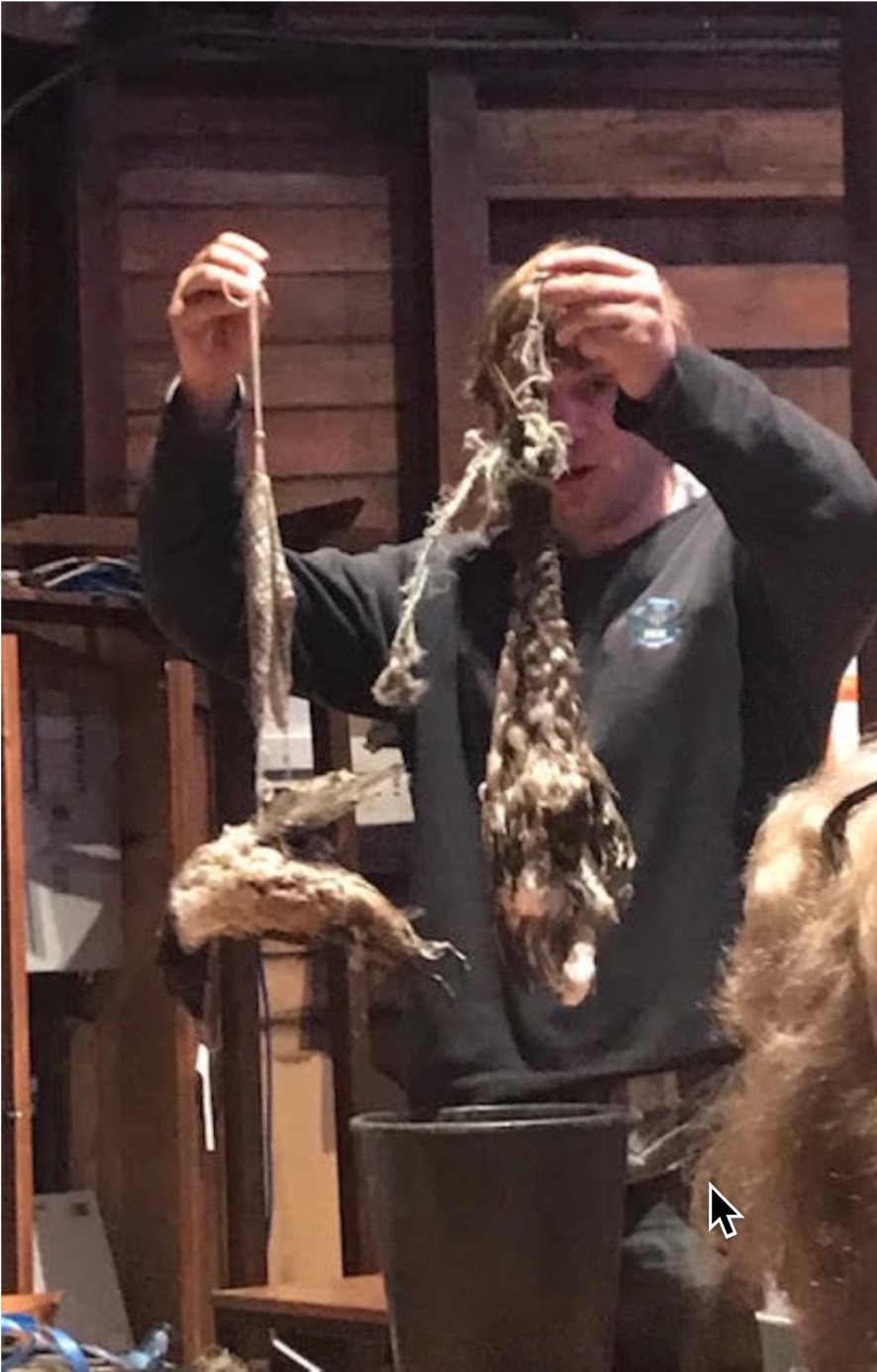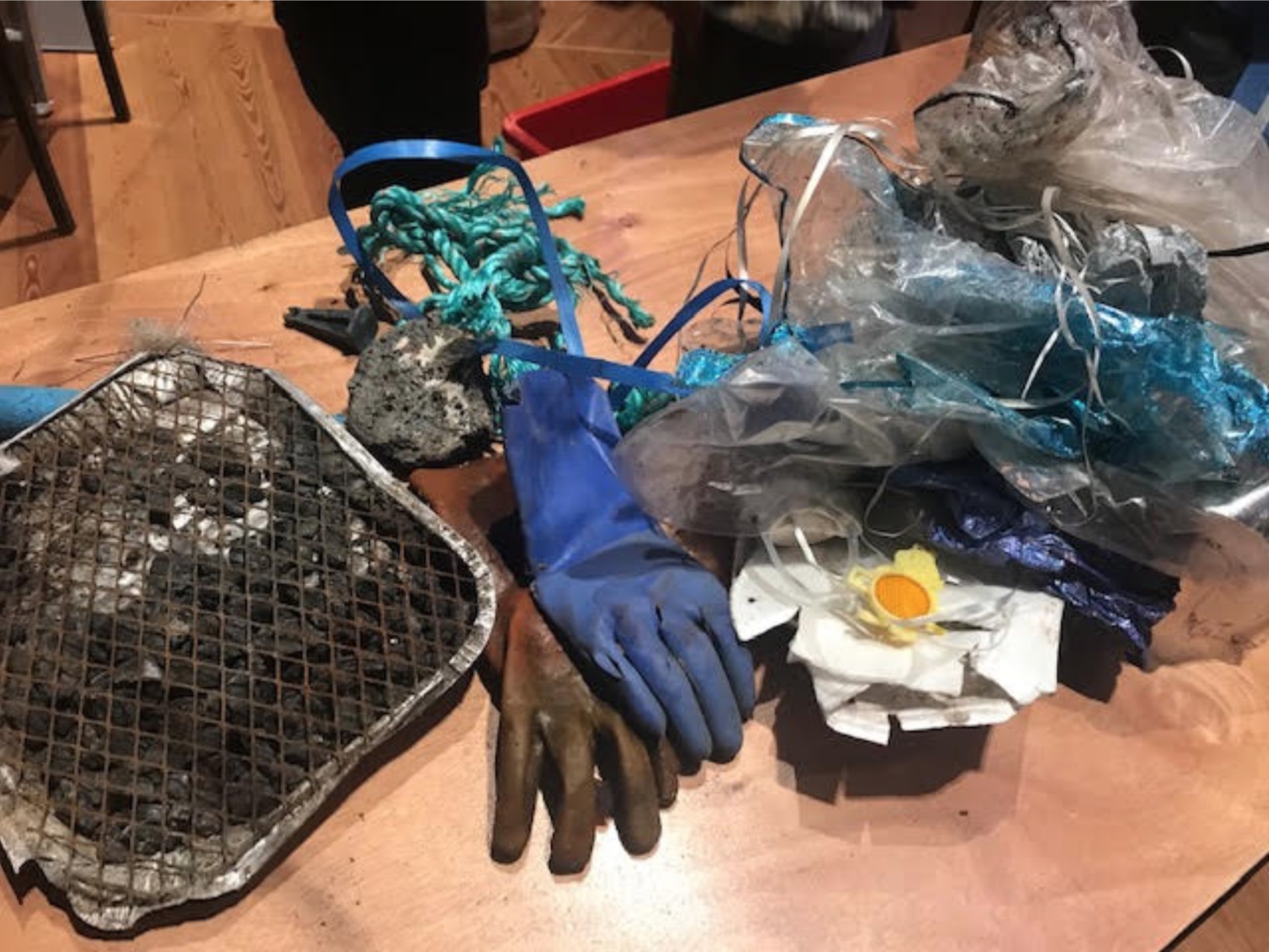CLIMATE ACTION EAST LINTON
Extracts from a TALK ON RECYCLING BY TOMMY DALE, FORTH RESOURCE MANAGEMENT 17/10/2024
HOUSEHOLD MATERIAL
Recycling is not new, we've just got used to the ease of throwing things away - now we're coming full circle. The benefits are not just for the planet but financial. In East Lothian our waste is sold to private buyers and in general, East Lothian Council is doing a good job with recycling - they are one of the best local authorities for recycling.
Glass - green box
No more sorting of type of glass (brown, green etc) is needed - the sorting technology is so much better now and it's cheaper to collect together.
Uses for glass: Some is melted and remade into bottles, some used as aggregate for roads (for example) and some is ground to make drinking water filtration.
Card and paper - blue box
Cardboard boxes (such as Amazon boxes) should be put out separately - under or beside your blue box - as the council gets more money for cardboard. Goes to the Wallyford centre.
The white bag
Plastics
Milk cartons and juice bottles are both valuable commodities. Put caps on tightly so they don't fall off - the way plastics are sorted means small items are hard to pick up. Plastics go to the materials recycling facility at Grangemouth and get baled at £80/ton; then they go to the re-processor, and are shredded. To separate the different types of plastics, some plastics sink, and for those that float air density separators are used. A lot of plastics are processed in UK, as a commodity. The UK has now really tightened up on the quality of plastics exported for recycling.
Tetrapak (eg juice cartons) can also now go into the white bag for recycling. it's hard to separate tetrapak (it's a composite product of different materials) so it's hand done. However robotic arms are being developed so that fewer people are involved. The quality of card material is very good: it goes into a pulper. Tetrapak have their own processing factory in Halifax.
Metal
Cans go to the recycling facility where they go along a belt and are taken off for melting in steelworks for new metal items. Foil: definitely put foil in the white bags but not in little bits: either put them inside a can or make into a bigger ball of foil. Magnetic fields are used to pick up aluminium for baling - aluminium is a very valuable material.
What if I put the wrong thing in the white bag?
If households put the wrong materials in the white bags it doesn't contaminate it. In Scotland 20% of what people put into bag can't be recycled so it goes to incineration.
Grey Bin- food waste
Food waste goes to anaerobic digestion in Edinburgh at Millerhill. In the anaerobic digester methane is given off which can create electricity to be injected into the grid. It also creates a digestate - sold to local farms for spreading - a great nutrient-rich fertiliser. Councils are now starting to get paid for food waste (not East Lothian yet) - but they still save 20-30% of costs if food waste is put in the grey bin rather than thrown in the green bins. Recycling food waste is one of the best things to do - it's very valuable.
In Haddington a plant is being built at Bangley Quarry.
Batteries
Have to be kept separate, not put in the green waste bin - they pose a risk of fire. You can put them in a food waste bag and the council will collect (which is very unusual across the UK.)
Green bin
Green bin waste is burnt. Ash from the incinerator is starting to go back into construction so even that's starting to be used.
Brown bin
Garden waste is picked up by the Council and taken to Caledonian Horticulture where it is made into compost.
Light plastics
 |
|
 |
Crisp packets, pet food pouches, bubble wrap, plastics from fruit and vegetables - will usually have a recycle at local supermarket: sign on the packaging. Much more can now be recycled at supermarkets where they have bins to take your light plastic, which is better rather than just binning them (which the council then has to pay for the disposal of). Don't put for recycling if the plastic is covered in food waste (you need to clean it first), and don't include polystyrene.
The plastics are collected from the supermarket and taken to a central depot where they are baled and sold. The plastics are then shredded and remelted.
At present, light plastics are not kerb side collected. However from 2026 local authorities will be required to collect this.
BEACHES
 |
|
 |
The Scottish Coastal Clean up project was set up through Forth Resource Management with the aim to remove 70% of detritus (not microplastic) from coast of Scotland in 5 years. 2p a litre from every diesel used in trucks by FRM is directed to the project.
Kerrie and Katie from FRM organise beach cleans, working with lots of beach groups. The project has landing craft to help them get into beaches which are hard to get into. Anyone who wants to join and help for an adventure? It can be a lot of fun! Contact Kerrie if so: kerrie@caledonianenvironmental.co.uk
Some of what is collected gets recycled - Ocean Plastic Pots (from fishing nets, rope) but most of what is collected is junk e.g. polystyrene, plastic balloons, caps from bottles, ropes and gloves from fishing. We recently recovered 10 tonnes of creels from storms. Firth of Forth Marine Hatchery is starting a project with Restoration Forth - with baby oysters to re-establish oyster beds - oysters will eat microplastics. Microplastics are a big issue from washing machines - they need filters.
With thanks to Tommy Dale of Forth Resource Management. Lots more information, online shop for compost etc and interesting videos can be found at https://www.frmrecycling.co.uk
Update on Extended Producer Responsibility (plastics) from Haydn Thomas, DCC/CAEL:
Extended producer responsibility (EPR) legislation is due to be introduced very soon - UK wide, to be put into practice next year. If a company produces packaging it's their responsibility to clean it up. This will transfer the full net costs of recycling to companies, away from local authorities. Until now, recycling packaging has been subsidised by the tax payer.



